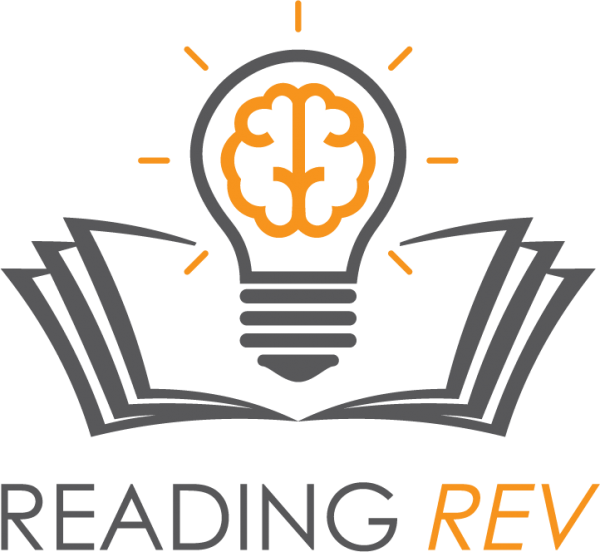Celebrating Dyslexic Thinkers: The Power of Representation & the Class Magazine Project
Identifying dyslexia early is essential. It opens the door to timely intervention, evidence-based instruction, and student success. But equally important is representation. When students with dyslexia see themselves reflected in stories of innovators, artists, scientists, and leaders who share their way of thinking, they begin to see their own potential. They realize that being dyslexic isn’t a limitation, it’s part of what makes them creative, resilient, and capable of extraordinary things. From Albert Einstein and Agatha Christie to Robin Williams and Richard Branson, countless dyslexic thinkers have shaped our world through imagination, persistence, and original thought.
The Bright Side: Famous Dyslexic Minds Magazine
The Dyslexia Class Magazine Project invites students to research, write, and publish a class magazine that celebrates dyslexic thinkers. This project not only builds literacy skills; it also cultivates empathy, teamwork, and pride in neurodiversity.
Step 1: Introduce the Project
Begin by discussing what dyslexia is and is not. Dyslexia is a different way of processing language, not a measure of intelligence or effort. Share facts, read a short article, or watch a brief video about dyslexia to set the stage for understanding and respect.
Step 2: Choose a Famous Dyslexic
Each student selects a famous dyslexic person to research. They might explore inventors, athletes, authors, musicians, entrepreneurs, or scientists who’ve turned their challenges into strengths. Encourage students to look beyond surface details and ask: How did this person’s dyslexic thinking help them succeed?
Step 3: Research and Write
Students gather information, draft biographies, and reflect on what they’ve learned. This step strengthens reading, writing, and summarizing skills, while also connecting deeply to self-awareness and social-emotional learning. Several templates are provided to meet the needs of your learners.
Step 4: Create the Class Magazine
Compile all the student profiles into a collaborative magazine! Print and bind it, or create a digital version. Display it in your reading corner or library so that every student who picks it up sees proof that different thinkers change the world.
Step 5: Reflect and Share
End with a class discussion: What surprised you? What qualities do dyslexic thinkers have in common? How can we celebrate these strengths in our own classroom community?
Why This Project Matters
This collective project builds empathy, community, and connection. It helps all students, not just those with dyslexia, understand that intelligence is multifaceted and that perseverance, creativity, and problem-solving come in many forms. When we make space for neurodiversity, we help every student feel seen and valued.
Learn More About Dyslexia and Dyslexic Thinkers
Continue the conversation with your students! Explore these inspiring resources (all linked on the Reading Rev dyslexia page below):
Videos:
Made by Dyslexia: “See Dyslexia Differently”
Yale Center for Dyslexia & Creativity: Student Voices
Understood.org: “What is Dyslexia?”
Books for Students:
Fish in a Tree by Lynda Mullaly Hunt
Thank You, Mr. Falker by Patricia Polacco
The Alphabet War by Diane Burton Robb
Together, these stories and activities remind students,“Dyslexia doesn’t define me; it refines how I see the world.”
Explore our Dyslexia website here:














